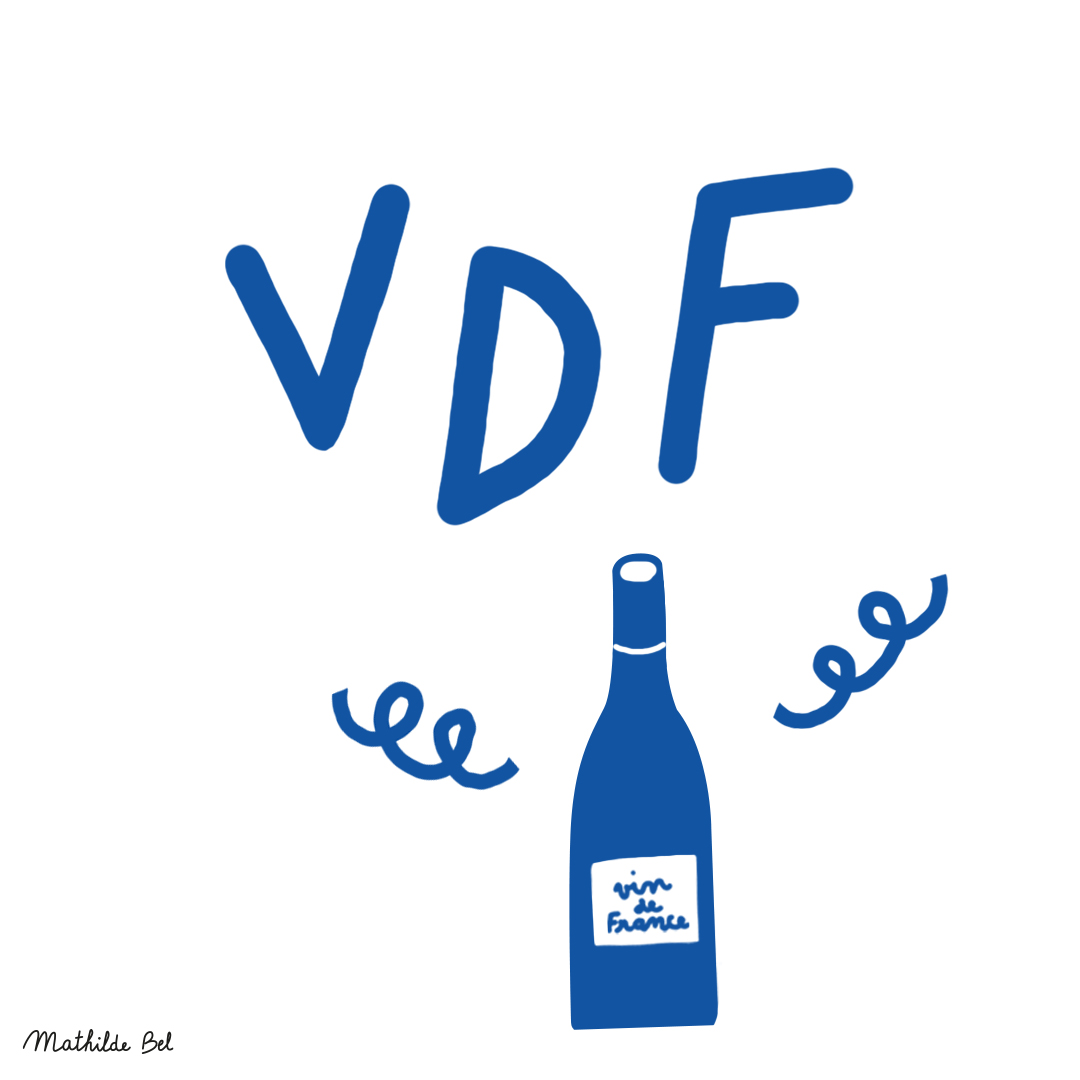Marsanne de France
Wines color
Taste profile
Sweetness
Body
Acidity
Tannins
Alcohol
Table of contents
Encyclopedia
Origin
Marsanne is a grape variety whose origins lie on the rolling hills and river valleys between Valence and Lyon.
Aromas
When young, wines made from Marsanne stand out through their fruity peach and citrus aromas, as well as their floral notes, such as chervil, hawthorn and jasmine, which are very elegant yet difficult to detect. Marsanne’s range of aromas is rounded out by hints of quince, apricot, acacia flower and hazelnut.
Wines profile
Marsanne is used to make dry white wines and, more rarely, sparkling wines. They are characterized by their elegance; with moderate to light acid, they have very fine aromas. Poorly controlled production can negatively impact the quality of the wine. The vines must be strictly trained, and yields must be limited, as the variety is highly fertile and productive. Wines made using Marsanne are to be drunk relatively young, due to their moderate acidity, which generally does not lend the wines much potential for ageing.
Cultivation areas
Mostly grown on the banks of the Rhône between Vienne and Valence, it is also found further to the south, in the region between Avignon, Aix and Marseille as well as the southwestern Mediterranean littoral. It is also grown in smaller quantities near the Alps under the name Grosse Roussette. After stagnating until the 1980s, Marsanne is now planted in increasing quantities.
Precocity
Marsanne is a relatively late grape variety; indeed, it buds 9 days after Chasselas, the benchmark variety, and ripens two and a half weeks after it, making it a Period II grape variety.
Vigor
Marsanne is a grape variety that is at once rustic and vigorous, fertile and productive. Whatever can be done to limit yield will help to produce high quality wines. The vines should be pruned short, for example, to reduce load.
Soils
Low fertile, stony soils that are not too thin suit this variety perfectly. There are no particular contraindications concerning the limestone content of the soils Marsanne is grown in.
Climat
Marsanne’s origins make it particularly suited to cool, but not cold, climates. In its ideal growing area, the region between Lyon and Valence, the summers are hot but the late summer is cooler, which leads to longer ripening of the berries, enabling production of powerful, flavorful wines.
Susceptibility to diseases and pests
Marsanne B is susceptible to Oidium, mites and gray mold.
Use
Marsanne is used only to produce wine.
Descriptive elements
Marsanne can be recognized by its small, round berries, which are red when ripe, and its large clusters. The tips of its young shoots have many flat-lying hairs. The shoots' internodes are green. Marsanne's young leaves are green or yellow, and its adult leaves have three or five lobes. The petiolar sinus has highly overlapping lobes, teeth that are very short in comparison to their width at the base, and convex sides. Marsanne's leaf blade is matte, very bubbled with a waffle-like texture, and jagged. On its underside, there are sparse upright or flat-lying hairs.
Clonal selection in France
The three approved Marsanne clones (specifically named Marsanne B) are numbers 574, 1036 and 1083. A conservatory including nearly 250 clones was planted in 2001 in the Côtes du Rhône region.
